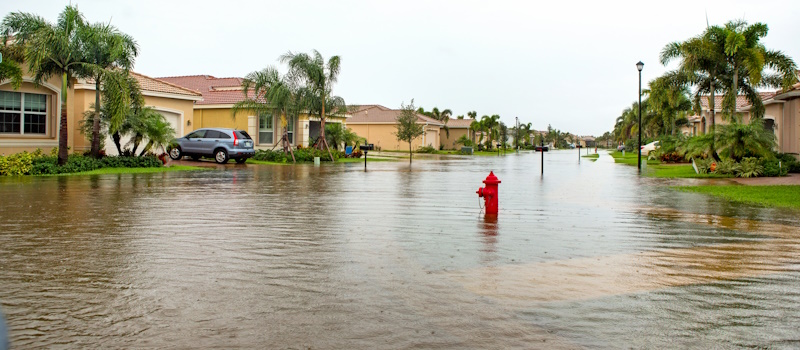Hurricane Recovery: What's Covered for My Home?
Hurricane Recovery: What's Covered for My Home?

Hurricane Recovery: What's Covered for My Home?
When hurricanes strike, it's important to be prepared to minimize damage. However, even with the best preparation, damage may still occur. If you've experienced issues like shingles torn off your roof or a tree falling on your house, you may wonder, "Am I covered?"
Let's explore what may be covered on your homeowner's insurance plan and how to start the recovery process.
Does Home Insurance Cover Hurricanes?
Many comprehensive homeowners insurance policies will cover wind and rain damage associated with a hurricane but may not cover damage caused by flooding. So, if your home is in a flood zone, you’ll most likely need separate flood insurance. Also note, that you might have a higher deductible if you live in an area with a higher hurricane risk.
It's critical to have insurance covering the kinds of threats and disasters you will likely face. If you are in an area that may experience hurricanes or tropical storms (even if it's just the tail end), you must know in advance that your policy covers storm damage. Your agent can walk you through what kind of coverage you have and precisely what is covered. When disaster strikes, it will help to feel confident you have the right coverage and an agent you can trust.
Document and Report Any Damage
If you need to make a claim, you should start by recording any problems or damage from the very start. Your agent may also need to take pictures or videos for the insurance company.
Once you've taken pictures and video of the damage, you should call your agent to determine your next steps. In some cases, you may be told to wait on a restoration team. In other cases, you might be asked to stop the damage by covering holes with a tarp or taking similar measures. Your insurance agent can help you determine your next steps and start the claims process.
It can also be helpful to start a list of damaged or missing items from your home. A thorough list of your losses can help with value assessment. You can go room by room to help keep your inventory organized and accurate. Gathering receipts can help prove the value of your larger items. Even before any storm or loss, maintaining a list of your assets and their values is generally a good practice to ensure you have appropriate coverage and ease any future claims process.
Start the Recovery Process
Cleanup can be a long process when a disaster strikes, so understandably, you may want to get started as soon as possible, but you need to resist the temptation. Don't move or throw out your items until you have spoken to your insurance agent and gotten the green light to get started.
Watch for Hazards: When your agent tells you it's okay to clean up, first, you'll need to assess your situation and consider potential hazards. Broken glass, exposed wires, and contaminated water are just a few of the things you should be careful of/avoid during the cleanup process.
Dry Out Your Space: Water damage is a serious problem that can lead to long-term mold, mildew, and rot issues. Start by removing wet items, carpets, and damaged drywall. A restoration company may be able to use fans or other tools to help stop the damage from spreading and worsening.
Use Proper Equipment: Wear personal protective equipment (such as gloves, closed-toe shoes, safety goggles, and respirator masks) appropriate for the job you are doing. Call a professional if you feel unequipped to do a job or aren't sure how to do a job safely.
